I'm trying to build a pure sine wave inverter in LTspice but I'm having some trouble.
This is a test circuit, the voltage source outputs an SPWM signal which becomes a perfect sinewave after passing through the LC filter.
 Waveforms:
Waveforms:
In this circuit, the SPWM source is replaced by 2 200VDC sources and a half-bridge. These are the MOSFETs used in this simulation: TK065U65Z

I would expect the output of the half-bridge to look like V(n001) from the previous circuit, but it doesn't at all. It oscillates between +200v and -200v throughout the whole period and zooming in shows some higher frequency (~111kHz) ringing. The filtered output doesn't look like the nice sinewave I was hoping for either.
This is what the voltage across V3, the high-side MOSFET gate driver, looks like. V4 is the same but 180° out of phase.
Lastly, here's the current coming from the high-side MOSFET (red arrow on the circuit), which contains huge spikes.
My question is:
Why does the half-bridge output not look like the test circuit (why does it continuously oscillate between + and - 200V and why is it ringing)? And what can I do to fix it?
I'm thinking it has something to do with the first circuit actually pulling the output to 0V as opposed to the half-bridge just going high impedance.
You can download all files necessary to run the simulation here.
These are the results of Andy's answer:
V3 and V4 output the same waveforms as the previous schematic.
